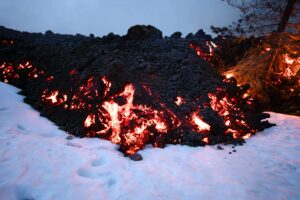NASA’s Cassini spacecraft, during its final mission around Saturn, captured something eerie and unexpected — the sounds of space. As it dove between Saturn and its rings in 2017, Cassini recorded electromagnetic waves using its Radio and Plasma Wave Science (RPWS) instrument. These waves were later converted into audible sound waves, giving scientists a new way to “hear” what space near Saturn sounds like.
But space is a vacuum — so how is sound possible?
Here’s how it works: space does not carry traditional sound waves like air does on Earth. Instead, Cassini measured plasma waves — variations in electric and magnetic fields caused by charged particles moving through space. NASA converted these readings into sound files by mapping the wave frequencies into the range of human hearing. The result was a series of clicks, whistles, and whooshing tones that resemble an alien soundtrack.
These sounds revealed something important. Scientists expected a lot of noise between Saturn and its rings, caused by dust particles and gas. But the region was surprisingly quiet. This silence suggested that the space between Saturn and its inner rings is nearly dust-free — a discovery that surprised even veteran mission planners.
Cassini’s final dive produced more than sound. It gathered data on Saturn’s magnetic field, atmosphere, and ring structure before ending its mission in a dramatic plunge into the planet’s atmosphere on September 15, 2017. The spacecraft sent back its last signals just seconds before burning up — closing a 20-year mission that reshaped our view of Saturn.
Summary:
NASA’s Cassini didn’t just see Saturn — it heard it. By converting plasma wave data into sound, Cassini let scientists experience a new kind of sensory data. These “sounds of space” helped unlock key details about Saturn’s rings, magnetic field, and the hidden emptiness between.
Share this content:












